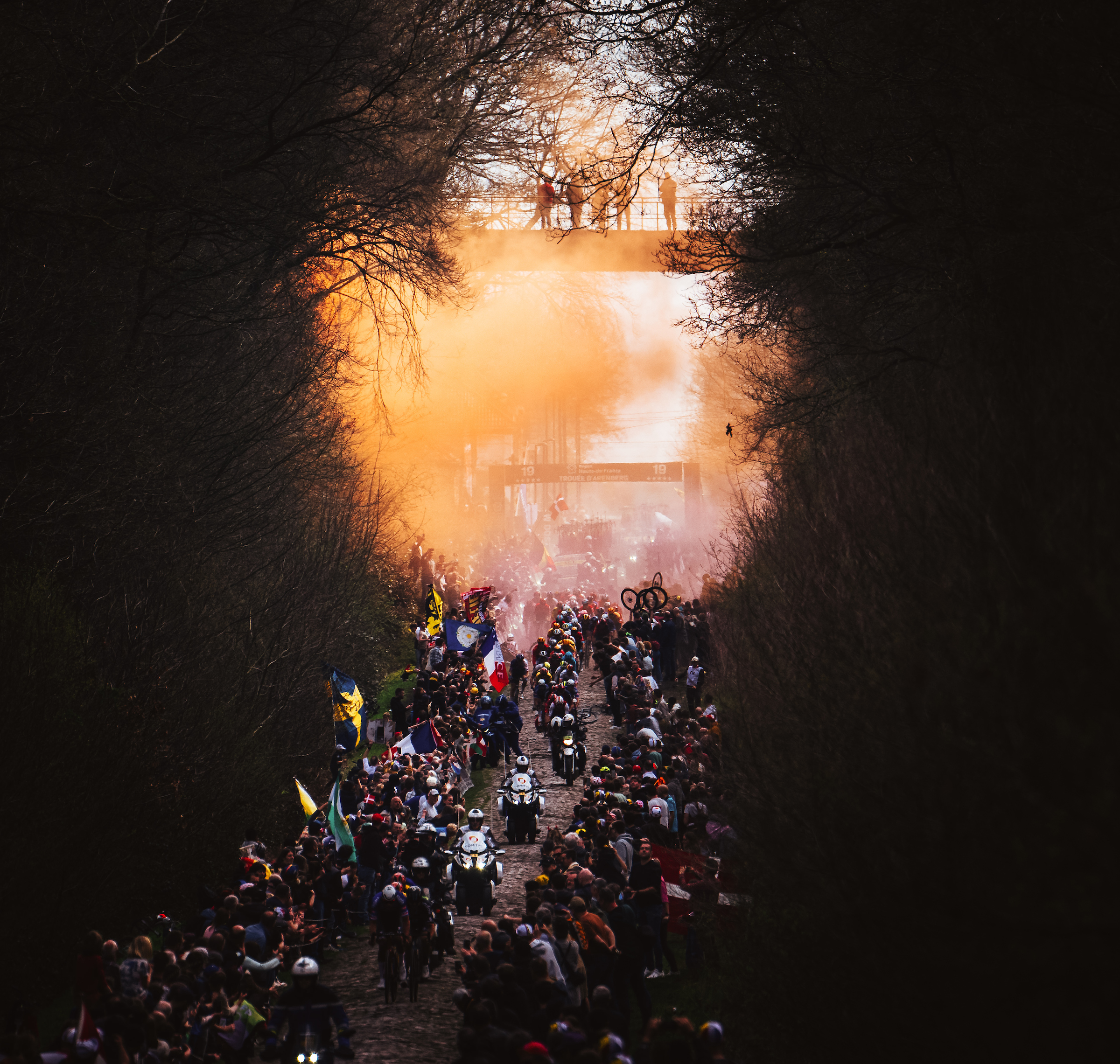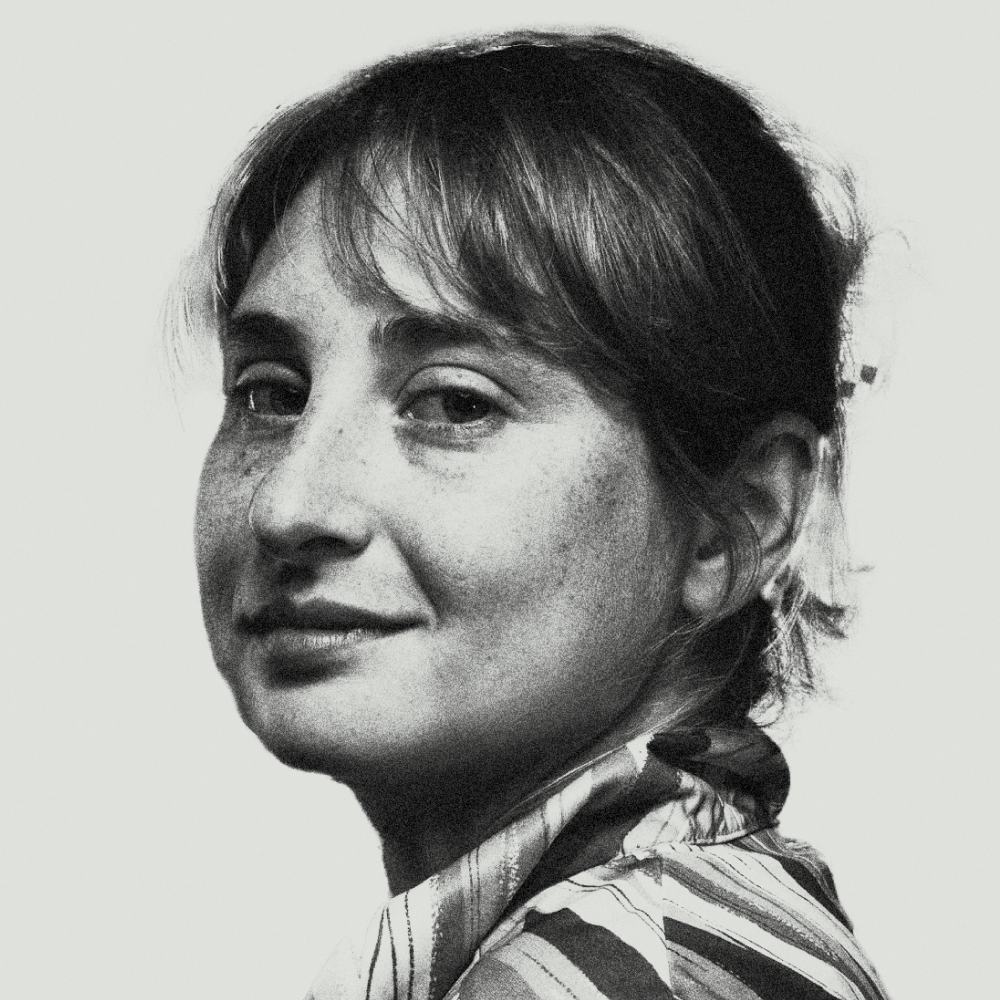This is Vincent.
Vincent is from near Herentals, home of Wout van Aert. He is getting married soon and this is his bachelor’s party. He is standing with about 10 other Belgian guys in Belgian tricolor cycling caps along the Arenberg Trench waiting for the race to pass.
“It was a total surprise – they gave me one hour to pack and we went to Roubaix,” says Vincent, dressed in a De Koninck beer jersey – polka dots with little chalices of delicious Belgian beer. He’s had a few. His friends are laughing, slapping him on the shoulder. No one can get a signal and no one knows what’s going on in the race, which is a classic Paris-Roubaix experience.
To be honest, I find this Arenberg experience – namely, that it is one big huge party, complete with a beer stand (I partook) and a sausage grill – rather surprising, kind of like when I was on Ventoux and a French guy offered in broken English to pour boxed wine down my throat. On television these are somber sites of real suffering – the experience attended to by grave grandstanding, the audience muted. There is more than one way to spectate in cycling and each is remarkably different from one another. Vincent, meanwhile, is having a phenomenal time.
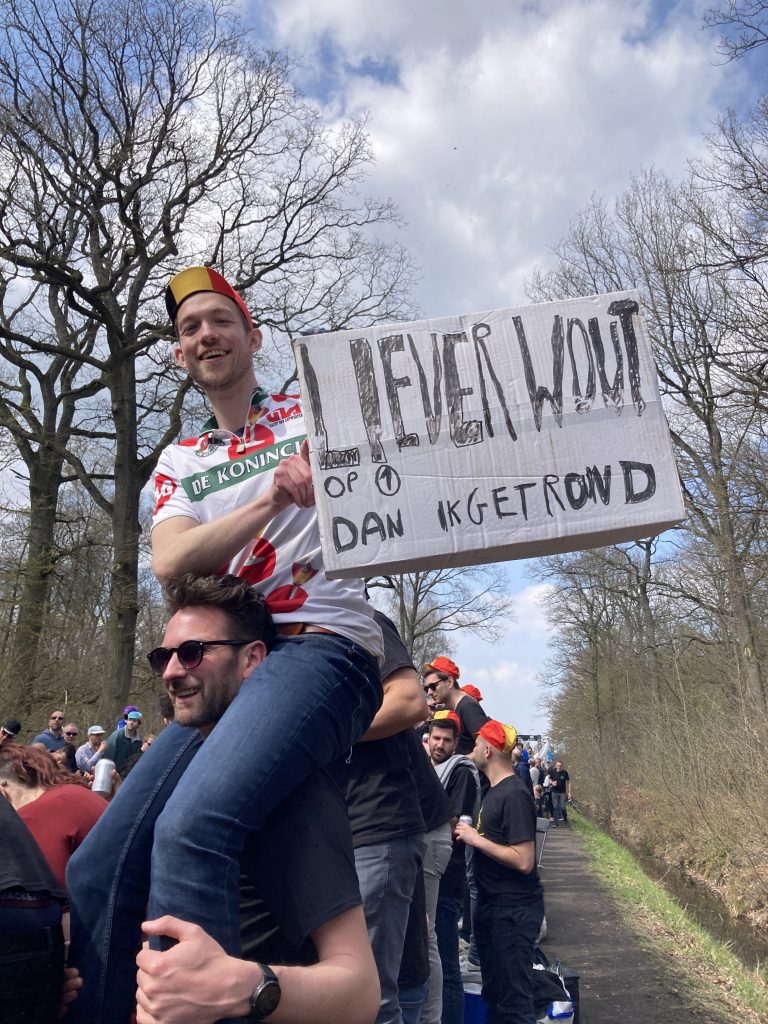
“So you guys are all cycling fans, then?” I address the group. Vincent grabs another one of his friends by the t-shirt that says something in Dutch about a bachelor party. “Yeah, except this dude. He hates cycling.” The dude frowns but laughs it off. I ask who they’re rooting for.
“Wout van Aert!” Vincent answers emphatically. “He grew up in a village near our village.” He shows me a sign he drew crudely on the bottom of a box (the box is still folded) it says (in Dutch): “Wout please win, and I’ll get married!”
“We want to be on TV,” he explains, “but you are already interviewing us!” His friends start high-fiving him. “Then we’ll have a big party in Roubaix as well.”
I leave Vincent to his partying. He climbs on his friend’s shoulders for a photo and also to see the race – it’s his party of course. The friend strains under the weight – Vincent is very tall. The family next to me is British and further down are some Spaniards. A guy (likely from Australia) holds an inflatable kangaroo with AUSTRALIA on its stomach. This is not the somber vibe of the cobbles yesterday in the women’s race and it’s not the same as the sector at Troisvilles we went to earlier in the day.
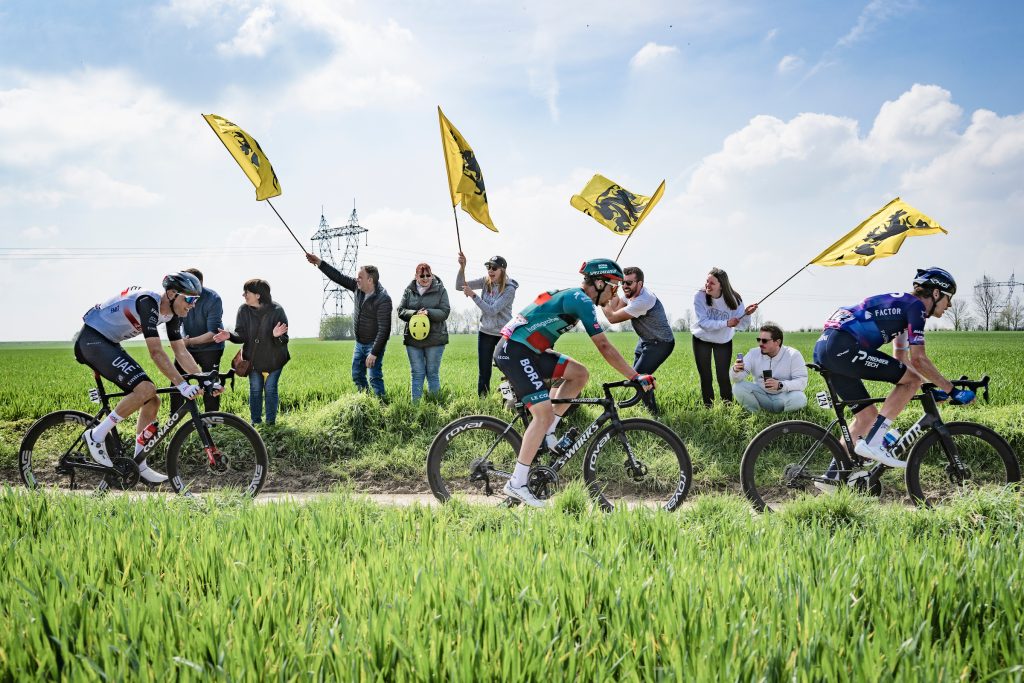
The juxtaposition between the bacchanal around me and the horrific cobblestones and the pain they will inflict is a bit dizzying. The riders are certainly not having this much fun. They, too, however will reflect on this moment with a mix of wincing wistfulness. David Dekker, a Paris-Roubaix debutant, would later put it perfectly: “You may be 10, 15, 20 minutes behind, but I think it feels like you are still in front of the race with all the spectators. The day may be hard but the atmosphere doesn’t disappoint.”
Soon the race will come. I can barely see past all the people, who erupt in a sonic wave beginning far off on the distant horizon and traveling until it is all around me, ushered in by whatever race vehicle is passing at the moment. The excitement bubbles to riotous proportions until the ground rumbles and the helicopters fly overhead and it is certain that the race is coming and then the Arenberg Trench reaches its fever pitch.
Just as with the atmosphere, the race that passes me is not the same as the race I saw at Troisvilles. Suddenly there is a group of favorites out front, but I can’t see exactly who is there, they’re all riding so fast and I’m only able to view the space right in front of me because of all the people. I know who’s who because other spectators – taller, better prepared – are shouting names. Van Aert! Van der Poel! Ganna! (Andy McGrath, my companion, picks out Ganna.)
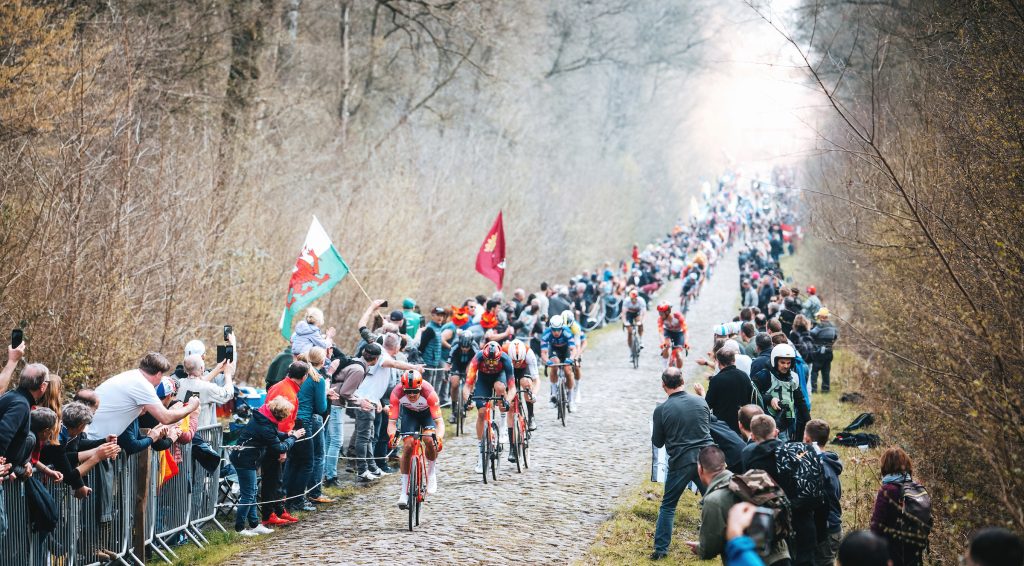
The race comes in phases and everyone cheers on each cyclist – even the most beleaguered domestique – simply because they have made it this far and they still have far to go. It’s not so easy to distinguish the expressions on the riders’ faces but I can see that some of them are covered in mud. They are the subjects of this celebration, which is as cruel as it is compelling. Flags wave in the air. Horns honk. Dirt sprays everywhere. I can taste it in my mouth and I’m out of beer to wash it down. It’s all part of the experience.
Once the initial groups come through, the others start to hobble, malinger. Some, a rider from Bingoal, whose number tag I can’t see, carry their bikes, shoes clacking on the gnarly pave. Another rider, Derek Gee from Israel-Premier Tech, is holding an exploded tire. Some slow down, unable to continue, and the cobbles get worse with the reduced speed. The spectators start racing to their cars, jumping over the irrigation trench to do so. I fail at this. I slip. I’m covered in mud. I’ve been Arenberged, Andy tells me. One of the Belgian lads helps me up. My foot is soaked through. I joke I’ve had a puncture. The fans race through the forest like Lycra-clad animals. I’m trying not to trip again. I can still taste dirt. We make it to the car, and it is only then that I start to realize the toll that Arenberg has taken on the race.

Riders pass me in the arms of soigneurs. Kasper Asgreen pulls into a random driveway, shivering. Bikes are retrieved that look as though they’ve been through a shredder. There are blank looks on tired faces and blood on scraped knees. Arenberg is brutal but the exit to Arenberg is a dose of reality that also fits the bill. The party is suddenly over. The people in silly hats and fan t-shirts look away, reminded that they have found pleasure in the suffering of others. In a few hours, the Trouee d’Arenberg will go back to being a shitty farm road in the forest. The riders will go to the Roubaix showers. The race will end.
Arenberg is a decisive moment of the race. It’s worth seeing in person. You will not see the race. You will see the riders for a split second. What makes that split second special is the hours, days, weeks, of anticipation. For the cyclists and for us. The buds on the trees are pale green and beginning to open. The sound of music fills the air.
They are still cooking sausages when the broomwagon passes by.
Did we do a good job with this story?
